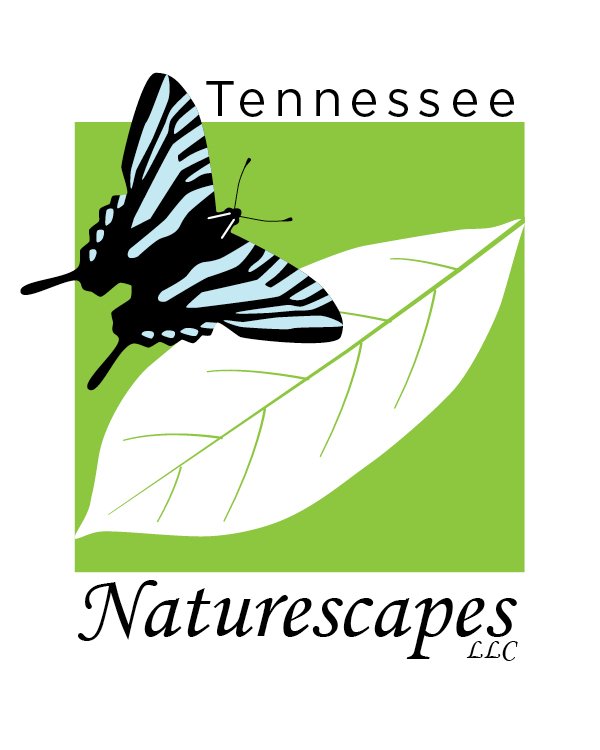Juniperus virginiana (Eastern Red Cedar)
GARDEN SITE: ☀️ Average to moist, well-drained soil.
SIZE: 30-65 ft. SPREAD: 8-25 ft.
FLOWERS: Dioecious; small, yellowish male cones, while females produce round berry-like cones. January-March.
WILDLIFE: Provides winter cover. Supports various moth and butterfly species. Food source for birds and small mammals.
LARVAL HOST TO: Juniper Hairstreak butterfly, Olive butterfly
ZONE: 2-10
DISTRIBUTION: AL , AR , CO , CT , DC , DE , FL , GA , IA , IL , IN , KS , KY , LA , MA , MD , ME , MI , MN , MO , MS , NC , ND , NE , NH , NJ , NY , OH , OK , OR , PA , RI , SC , SD , TN, TX , VA , VT , WI , WV
This dense columnar to pyramidal conifer makes a splendid, evergreen specimen tree that will add an exclamation point of color and structure to your winter landscape. Stately, yet tough and dependable, this tree is known for its ability to survive where other trees simply cannot. Many wildlife species utilize Eastern Red Cedar for cover, habitat and food. Deer, drought, erosion, dry soil, Black Walnut, shallow, rocky soil and air pollution tolerant.
GARDEN SITE: ☀️ Average to moist, well-drained soil.
SIZE: 30-65 ft. SPREAD: 8-25 ft.
FLOWERS: Dioecious; small, yellowish male cones, while females produce round berry-like cones. January-March.
WILDLIFE: Provides winter cover. Supports various moth and butterfly species. Food source for birds and small mammals.
LARVAL HOST TO: Juniper Hairstreak butterfly, Olive butterfly
ZONE: 2-10
DISTRIBUTION: AL , AR , CO , CT , DC , DE , FL , GA , IA , IL , IN , KS , KY , LA , MA , MD , ME , MI , MN , MO , MS , NC , ND , NE , NH , NJ , NY , OH , OK , OR , PA , RI , SC , SD , TN, TX , VA , VT , WI , WV
This dense columnar to pyramidal conifer makes a splendid, evergreen specimen tree that will add an exclamation point of color and structure to your winter landscape. Stately, yet tough and dependable, this tree is known for its ability to survive where other trees simply cannot. Many wildlife species utilize Eastern Red Cedar for cover, habitat and food. Deer, drought, erosion, dry soil, Black Walnut, shallow, rocky soil and air pollution tolerant.
GARDEN SITE: ☀️ Average to moist, well-drained soil.
SIZE: 30-65 ft. SPREAD: 8-25 ft.
FLOWERS: Dioecious; small, yellowish male cones, while females produce round berry-like cones. January-March.
WILDLIFE: Provides winter cover. Supports various moth and butterfly species. Food source for birds and small mammals.
LARVAL HOST TO: Juniper Hairstreak butterfly, Olive butterfly
ZONE: 2-10
DISTRIBUTION: AL , AR , CO , CT , DC , DE , FL , GA , IA , IL , IN , KS , KY , LA , MA , MD , ME , MI , MN , MO , MS , NC , ND , NE , NH , NJ , NY , OH , OK , OR , PA , RI , SC , SD , TN, TX , VA , VT , WI , WV
This dense columnar to pyramidal conifer makes a splendid, evergreen specimen tree that will add an exclamation point of color and structure to your winter landscape. Stately, yet tough and dependable, this tree is known for its ability to survive where other trees simply cannot. Many wildlife species utilize Eastern Red Cedar for cover, habitat and food. Deer, drought, erosion, dry soil, Black Walnut, shallow, rocky soil and air pollution tolerant.





